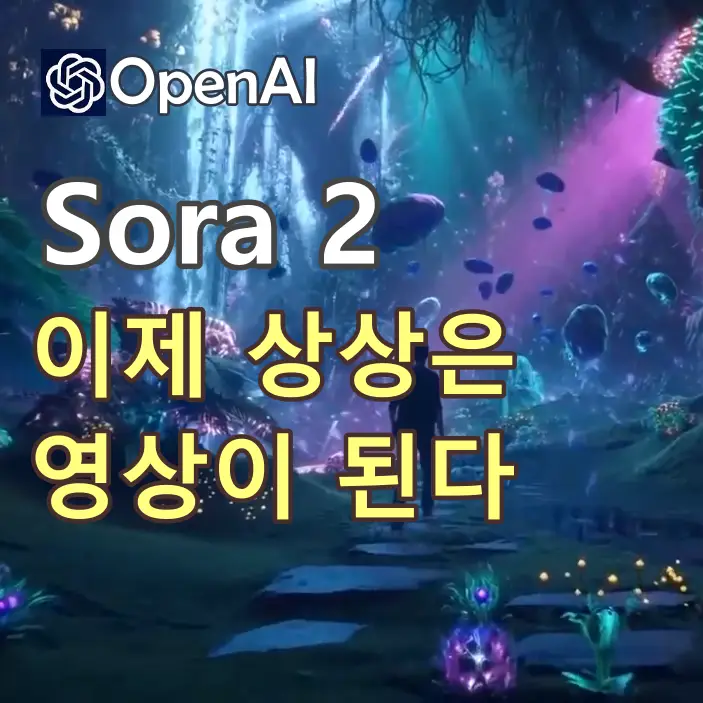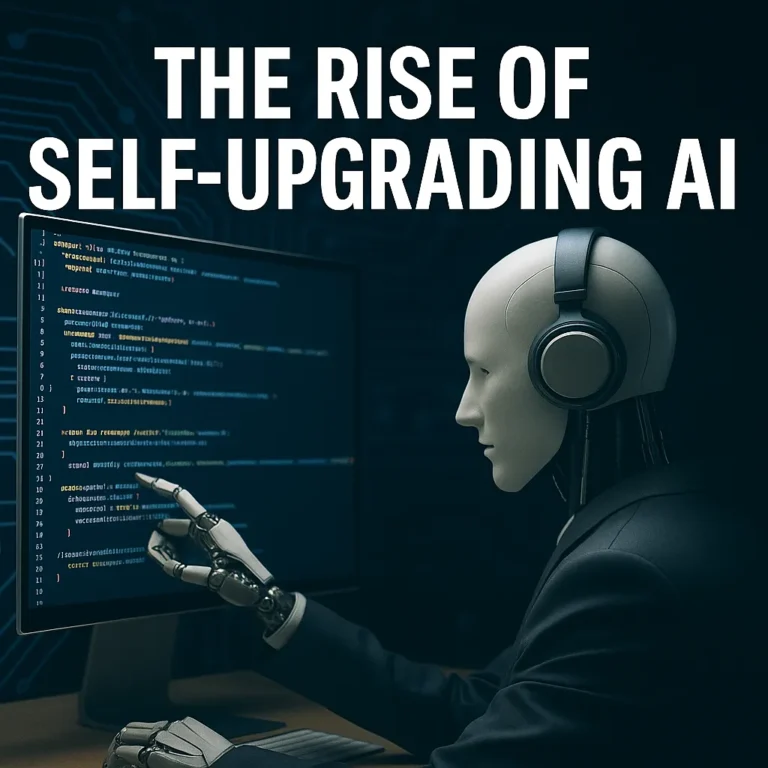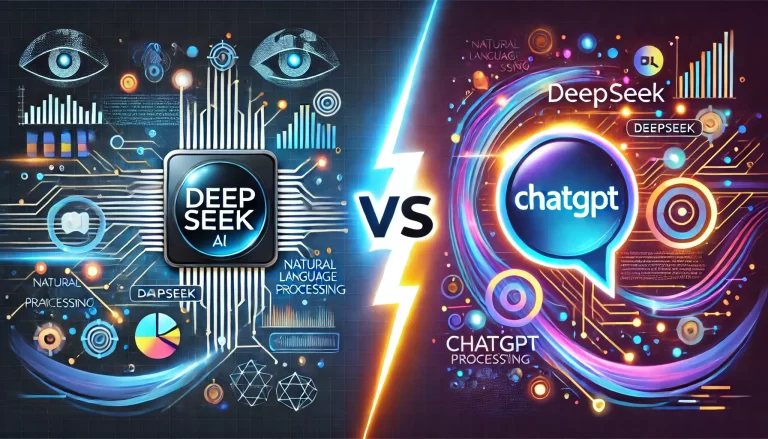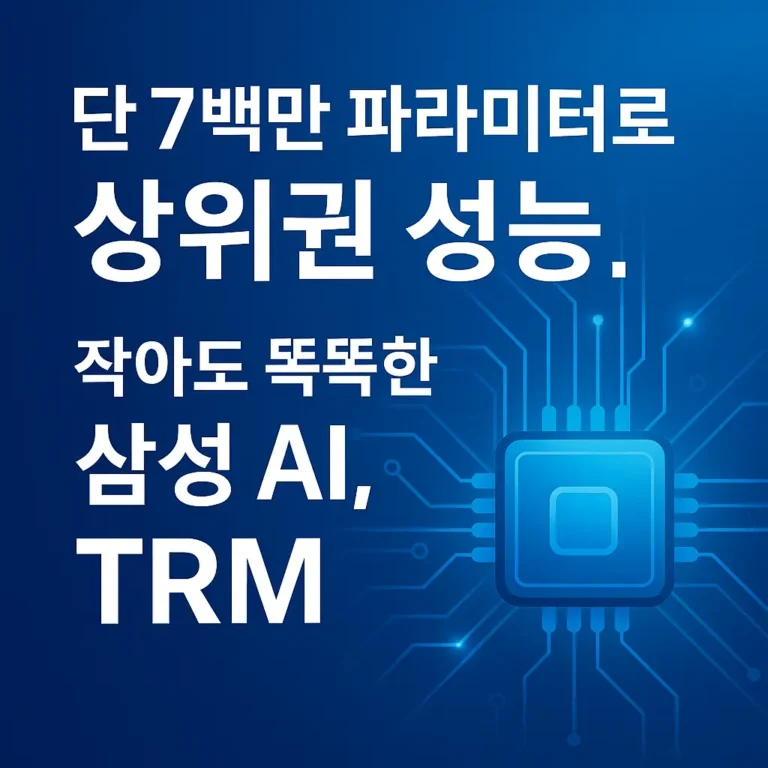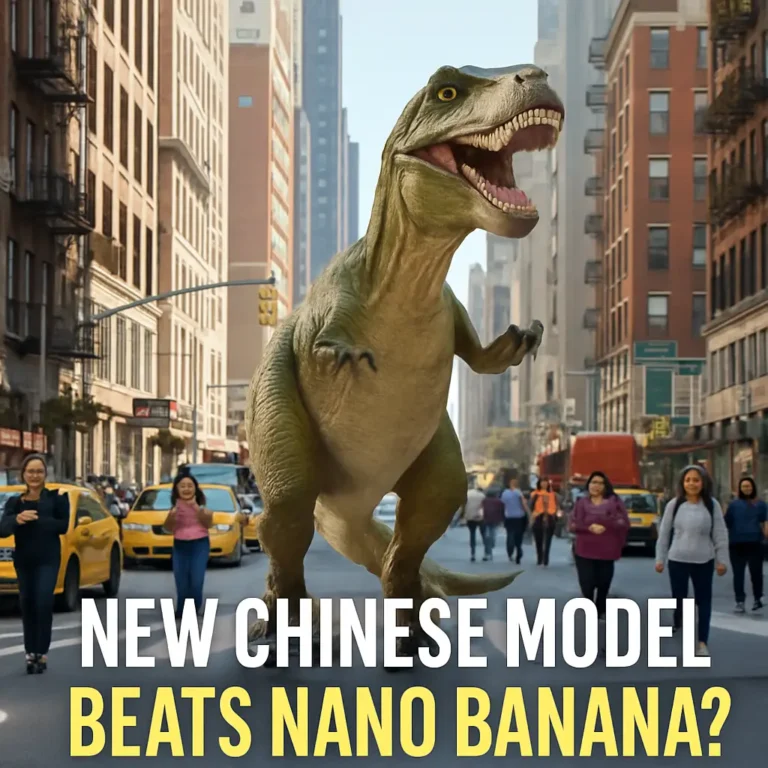Google Vids AI Video Creation: From Lifelike Avatars to a Free Consumer Version
Video is the most powerful medium for communication in today’s digital economy. From education and training to advertising and social media, video content captures attention, drives engagement, and builds trust faster than any other format. Yet despite its dominance, professional video production has long been out of reach for many individuals and small organizations. High equipment costs, technical expertise, and time-intensive editing created barriers that limited who could participate.
This is why the latest update to Google Vids AI Video Creation marks such an important turning point. By introducing lifelike AI avatars, an image-to-video feature powered by Veo 3, and a free consumer version of the platform, Google is lowering the threshold for entry into high-quality video production. AI video creation has turned what once required a full team of professionals into a process powered by a simple script or image, democratizing content for everyone, from global enterprises to everyday creators.
The expansion of Google Vids is also a strategic play in the broader AI race. With competitors like OpenAI’s Sora, Adobe Firefly, and Runway pushing their own generative video solutions, Google is using its vast Workspace ecosystem to secure a leadership position. The ability to move seamlessly from Google Docs or Slides into a finished video, complete with an avatar or animation, gives Vids a unique advantage that competitors cannot easily replicate.
This blog will take a deep dive into the evolution of Google Vids, explore its newest features, analyze its impact on creators and businesses, and examine the challenges and opportunities ahead. Ultimately, the story of Google Vids AI Video Creation is about more than new technology; it represents a cultural shift in how people tell stories, share ideas, and connect through video.
1. The Evolution of Google Vids
From Workspace Tool to Creative Platform
Google first introduced Vids in 2024 as part of its Workspace suite. At that time, its primary goal was to help businesses produce quick, professional-looking videos for product demos, onboarding, or executive updates. While effective for internal use, it was not widely recognized outside enterprise environments. Startups like Synthesia, Runway, and Pika Labs gained more attention as innovators in the AI video space.
Integration with the Gemini Ecosystem
The real turning point for Google Vids AI Video Creation came with its integration into the Gemini AI ecosystem. Rather than being a standalone editor, Vids now acts as a bridge across Google’s productivity apps. A script in Docs can instantly become a narrated video, while a presentation in Slides can transform into an animated training session. This tight integration is what differentiates Google from competitors who lack an existing productivity backbone.
Building Toward Expansion
In the months leading up to the 2025 expansion, Google gradually enhanced Vids with features like automatic captions, video templates, and better collaboration tools. These incremental updates were not headline-grabbing on their own but built the infrastructure for something bigger. The August 2025 update, which introduced lifelike avatars, image-to-video via Veo 3, and a free consumer version, marked the moment Vids shifted from a niche workplace solution to a platform with mass-market potential.
To illustrate this evolution, the following mockup of the Google Vids interface highlights the newly added AI Avatar and Image-to-Video options, clear indicators of how Google Vids AI Video Creation is reshaping the video production workflow.
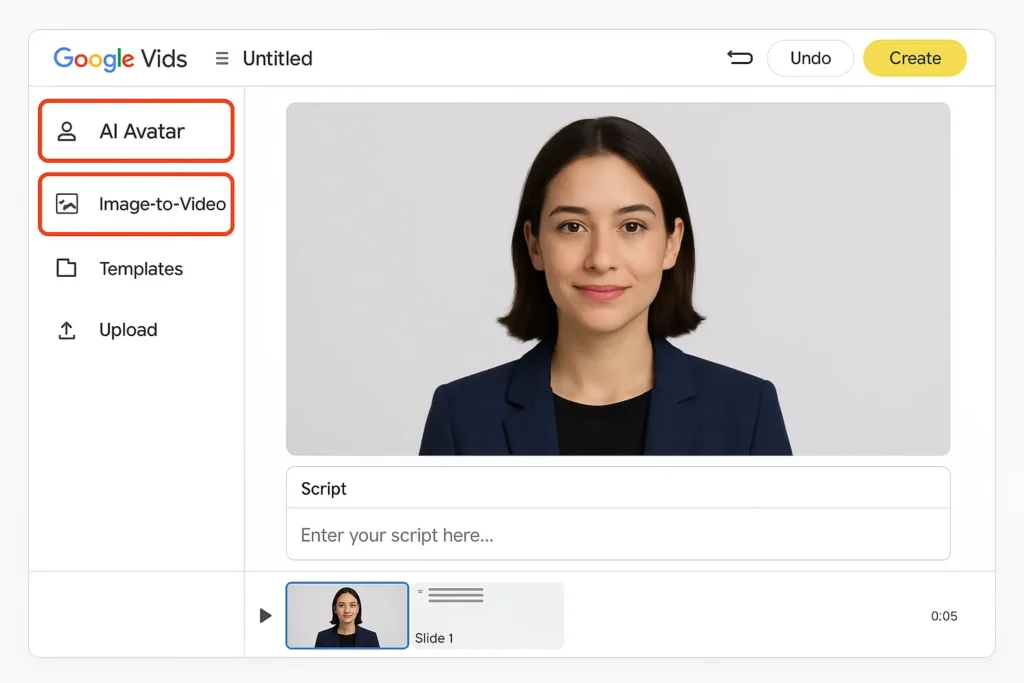
2. Lifelike AI Avatars in Google Vids
A New Standard for Video Creation
One of the most striking updates in the August 2025 release is the addition of 12 lifelike AI avatars. Each avatar has its own appearance, personality style, and voice, all powered by Gemini’s multimodal AI. Users simply paste a script into Google Vids, and within seconds, an avatar delivers the content as though it were recorded in a studio. This instantly removes the need for expensive filming equipment or professional presenters.
Accessibility for All Creators
The benefits of Google Vids AI Video Creation go beyond enterprises. Small startups, educators, and nonprofits can now produce polished content without the costs of actors, cameras, or editors. A teacher can turn a lesson plan into a narrated video, or a nonprofit can craft a professional fundraising pitch in minutes. For creators with limited budgets, this levels the playing field against larger organizations.
Practical Limitations Today
There are still boundaries to what the avatars can do. Videos are capped at 30 seconds per generation, and users are limited to 20 avatar-based clips per week. While these constraints might frustrate some, they are likely tied to managing Google’s compute costs and encouraging upgrades to premium subscriptions. Even so, short avatar clips can be highly effective for TikTok ads, YouTube Shorts, or quick corporate announcements.
Comparison to Competitors
Although companies like Synthesia pioneered avatar-driven video production, Google is pushing the concept further by embedding it into the Workspace and Gemini ecosystem. Imagine writing onboarding material in Docs, feeding it into Vids, and instantly receiving a narrated training video, all within Google’s productivity suite. This integration makes avatars not just a novelty but a practical tool for scaling communication.
To demonstrate the variety of options available, Google Vids provides a set of 12 lifelike AI avatars that reflect diversity in appearance and voice. The following collage illustrates how Google Vids AI Video Creation enables users to choose presenters that best match their audience and message.

3. Image-to-Video with Veo 3
Transforming Still Images into Motion
Another major leap in Google Vids AI Video Creation is the integration of Veo 3, Google’s generative video model. With this feature, users can take any static image — such as a product photo, a company logo, or even a classroom diagram — and transform it into an 8-second video clip complete with natural motion and sound. What once required professional animation tools can now be accomplished with just an image and a short text prompt.
Practical Applications
The possibilities are wide-ranging. A retailer could animate product photos for online ads, an educator could bring textbook diagrams to life for students, and a startup could turn a static pitch deck into an engaging teaser video. The speed and simplicity of this tool empower creators to experiment more often, lowering the barrier to professional-quality animations.
Opportunities and Limitations
While powerful, the feature has its limits. At present, clips are restricted to 8 seconds, which makes them ideal for advertisements, social posts, or learning snippets but less suited for longer storytelling. Still, when combined with avatars and templates, these clips can form part of a larger video narrative. Google is likely testing shorter formats first to manage resources, with longer outputs expected in future updates.
Competitive Edge
Compared to other AI video generators like Runway or Pika Labs, Veo 3 stands out because of its tight integration with Workspace. Instead of exporting assets into a third-party tool, users can keep the workflow inside Google’s ecosystem, editing text in Docs, sourcing images from Drive, and generating videos directly in Vids. This makes it not only convenient but also scalable for teams that already rely on Google services.
4. Smart Editing Features for Professionals
Automated Transcript Trimming
One of the most practical updates in Google Vids AI Video Creation is the new ability to automatically trim filler words and awkward pauses. Words like “um,” “ah,” or prolonged silences can now be detected and removed instantly. This not only improves the polish of the final product but also saves countless hours in manual editing. For businesses, this means faster turnaround times and fewer editing headaches.
Seamless Integration with Workspace
What truly amplifies the value of these editing tools is their deep integration with Google’s broader ecosystem. Imagine drafting a company update in Docs, pasting it into Vids, and then refining it with automated transcript trimming before embedding it into a Slides presentation. This fluid workflow reduces friction and keeps all content creation inside the Workspace suite, making it more efficient than using disconnected third-party editors.
Streamlining Team Collaboration
For teams, these features are more than time-savers; they enhance collaboration. Instead of passing raw footage back and forth between editors and stakeholders, a nearly finished product can be generated quickly, reviewed by colleagues in Drive, and then refined with only minor tweaks. This ensures faster approvals, consistent quality, and a smoother workflow for remote or hybrid teams.
Professional-Grade Output Without the Skills Gap
Traditionally, editing required trained professionals with access to specialized software. By embedding AI-powered editing into Vids, Google is effectively bridging the skills gap. A small business owner without video experience can now create a professional clip that would previously require hiring an editor. This represents a major step toward the democratization of professional video production.
5. The Free Consumer Version of Google Vids
Opening the Door to Everyone
Perhaps the most significant strategic move in this update is the release of a free consumer version of Google Vids. Until now, the platform was tightly tied to Google Workspace and premium AI plans. By introducing a no-cost version, Google is signaling its intent to bring Google Vids AI Video Creation to a broader audience, from students experimenting with video projects to independent creators looking for a cost-free entry point.
What’s Included
The free version provides access to core editing tools such as templates, font customization, stock images, and stock video assets. Users can design slideshows, create quick promotional clips, or stitch together simple video stories without needing any advanced knowledge. For everyday creators, this is a highly functional toolkit that removes the intimidation factor of video editing software.
What’s Missing
As expected, the free tier does not include the most advanced AI-driven capabilities. Lifelike avatars, Veo 3’s image-to-video engine, and automatic transcript trimming are all reserved for paid subscribers or enterprise users. In this sense, the free version acts as a gateway, giving users enough functionality to create videos while encouraging them to upgrade if they want the cutting-edge AI features.
Competing in the Consumer Arena
The move positions Google to compete with platforms like TikTok, Instagram Reels, and YouTube Shorts, where quick, template-driven video creation dominates. However, unlike these social platforms, Vids is designed for content creation first and distribution second. That means it appeals to creators who want professional polish and control over their material, not just viral exposure. Over time, this distinction could carve out a niche audience of small businesses, educators, and semi-professional creators who want more than what social media tools provide.
Implications for Small Creators
For independent creators, this release is a breakthrough. Instead of paying for Adobe Premiere or outsourcing edits, they can access a zero-cost platform integrated with Google’s ecosystem. This makes professional video production more accessible than ever, reinforcing Google’s narrative of democratizing video creation with AI.
To better understand the differences, the following table compares the Free Consumer Version of Google Vids with the Paid/Enterprise Version. While the free tier offers essential tools like templates, fonts, and stock assets, the premium version unlocks advanced AI-driven features such as lifelike avatars, Veo 3 image-to-video generation, and smart editing capabilities.
Google Vids: Free Consumer Version vs. Paid/Enterprise Version
| Feature | Free Consumer Version | Paid/Enterprise Version |
|---|---|---|
| Core Editing Tools | ✅ Templates, fonts, stock images & videos | ✅ Advanced editing suite |
| AI Avatars | ❌ Not available | ✅ 12+ lifelike avatars powered by Gemini |
| Image-to-Video (Veo 3) | ❌ Not available | ✅ Generate 8-second clips with motion & sound |
| Smart Editing Tools | ❌ Not available | ✅ Transcript trimming, filler word removal |
| Collaboration Features | ❌ Basic individual use only | ✅ Team projects, shared editing workflows |
| Admin Controls | ❌ Not included | ✅ Enterprise-level management tools |
6. Democratizing AI Video Creation
Lowering Barriers to Entry
The most important outcome of Google Vids AI Video Creation is how it reduces the obstacles that have historically kept people from producing high-quality video. Traditionally, creators needed cameras, microphones, lights, editing software, and in many cases, professional skills to put everything together. Now, a script, an image, or even a simple idea is enough to generate content that looks professional.
From Enterprises to Everyday Creators
Originally, Vids was tailored for corporate communications and enterprise use cases. The latest expansion, however, broadens its audience dramatically. Teachers can transform lesson plans into short video explainers. Startups can generate cost-effective promotional clips. Nonprofits can craft powerful campaign videos without outsourcing production. The shift from business-only to consumer-friendly access represents a democratization of video creation at scale.
Case Studies of Potential Impact
- Education: A high school teacher could upload lecture notes into Docs and instantly create a narrated lesson video, saving hours of prep time.
- Small Business: A bakery might turn product photos into animated Veo 3 clips for Instagram ads, with avatars presenting seasonal offers.
- Nonprofits: Advocacy groups can develop avatar-driven training videos to reach volunteers worldwide without costly shoots.
These examples illustrate how the tool empowers users with limited budgets or technical experience to achieve professional outcomes once reserved for large companies.
A Cultural Shift in Storytelling
The democratization of video creation has broader cultural implications. By making it easier for anyone to share polished visual content, Google is reshaping how stories are told online. Just as YouTube once gave every individual a “broadcast channel,” Google Vids AI Video Creation is giving them a professional production studio. The result will likely be a flood of diverse voices entering the video space, making content more varied, personal, and representative of different communities.
The Larger Trend of AI Democratization
This development aligns with a larger movement across industries: AI tools that once required enterprise-level investment are becoming available to anyone with a web browser. Just as Canva simplified design and ChatGPT simplified writing, Google Vids is simplifying video. By offering a free tier alongside premium features, Google has set up a pathway where everyone can participate, and where those who need advanced tools can scale up affordably.
7. Strategic Impact for Google
Strengthening the Gemini Ecosystem
At its core, Google Vids AI Video Creation isn’t just about video. It’s about reinforcing the Gemini ecosystem. By embedding advanced video capabilities into Workspace, Google is creating a “stickiness factor.” The more tools a business uses within Workspace, the harder it becomes to switch to competitors. Just as Gmail, Docs, and Drive built an interconnected productivity suite, Vids extends Google’s reach into the creative layer of communication.
Competing Against Major Players
The timing of this launch is also strategic. OpenAI is pushing its Sora video model, Adobe is evolving Firefly, Meta is experimenting with generative video for Facebook and Instagram, and startups like Synthesia and Runway are growing fast. By offering avatars, image-to-video generation, and consumer-level access, Google is making a statement: it intends to compete not just as a productivity provider, but as a major player in creative AI.
Unlike most competitors, however, Google has two major advantages:
- Distribution — Workspace already has hundreds of millions of users worldwide. Adding Vids as a built-in feature dramatically lowers adoption friction.
- Integration — No competitor can currently match Google’s seamless connection between documents, slides, spreadsheets, meetings, and now videos.
The Business Model Angle
The free consumer version is more than a goodwill gesture. It’s a funnel. Users who begin on the free tier may upgrade to Workspace plans or AI Pro/Ultra subscriptions once they experience the benefits of avatars and Veo 3. For enterprises, the premium features position Google as a cost-effective alternative to traditional video production agencies. This layered model allows Google to compete across multiple customer segments simultaneously.
Impact on Digital Media and Advertising
By expanding into video, Google also positions itself deeper into the digital advertising and content market. If small businesses start creating more videos using Vids, that translates into more ads for YouTube, more content for Google’s ecosystem, and more monetization opportunities. In this sense, Vids is not just a tool; it’s a growth lever for Google’s entire ad and media business.
Long-Term Positioning
Looking ahead, Google’s strategy appears to be one of ecosystem lock-in and AI leadership. By making video creation accessible to both enterprises and consumers, Google is carving out a space where its competitors must either catch up on integration or risk being sidelined. In the broader AI race, this positions Google not just as a search or productivity company, but as a full-stack AI creative platform.
The rapid expansion of AI video platforms is reshaping the creative market. To put Google’s latest move into perspective, the following chart illustrates the projected 2025 AI video market share, showing how Google Vids AI Video Creation is positioned among major competitors such as OpenAI, Adobe, Meta, and emerging startups.
Note: This chart is an illustrative projection created for explanatory purposes. It reflects general industry trends in AI video creation but does not represent official market share data from Google or other companies.
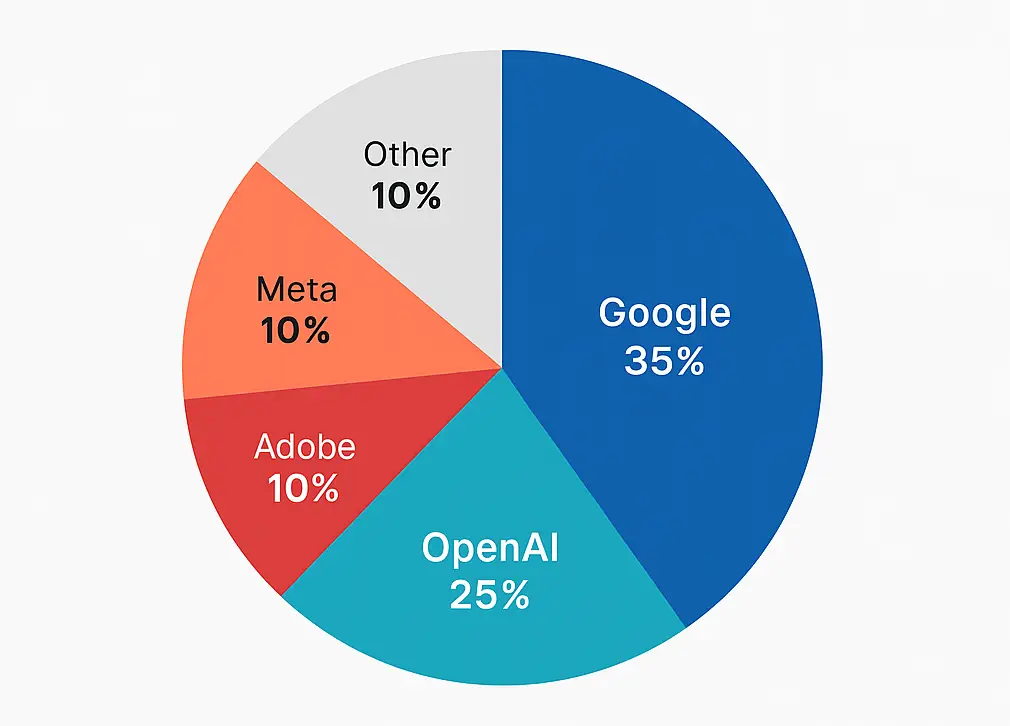
8. Challenges and Criticisms
Ethical Concerns Around Avatars
As with most advances in generative AI, lifelike avatars raise ethical questions. While Google Vids AI Video Creation makes it easy to produce professional-looking presenters, critics argue that the same technology could be used to mislead audiences. Avatars that appear human but deliver scripted content blur the line between authentic and artificial communication, potentially eroding trust. The danger of deepfake misuse is a constant backdrop to these innovations.
Trust and Authenticity Issues
Viewers may begin to question whether the person on screen is real, particularly when avatars become more customizable. For businesses and educators, transparency will be critical: audiences need to know when they’re watching an AI avatar rather than a human presenter. Without clear disclosure, skepticism could undermine the credibility of the content.
Technical Constraints
Despite its promise, Google Vids still has notable limitations. Avatar videos are capped at 30 seconds and image-to-video clips at 8 seconds. These constraints may frustrate creators looking for longer-form storytelling. Additionally, since users must keep the Vids session active while content is generating, the workflow isn’t entirely frictionless. Google will need to scale its infrastructure to remove these caps and streamline user experience.
Privacy and Data Concerns
AI-powered editing and avatar generation rely heavily on processing user inputs, from scripts to images. That raises questions about how securely Google handles this data. Educators, nonprofits, and businesses handling sensitive information may hesitate to fully adopt the tool without stronger assurances about privacy and compliance standards.
Competitive Pressures
While Google enjoys massive distribution through Workspace, competitors are innovating aggressively. OpenAI’s Sora has already demonstrated longer, cinematic-style videos. Adobe Firefly integrates deeply with Creative Cloud, catering to professionals. Runway and Pika Labs appeal to the creative community with fast iteration cycles. Google will need to evolve quickly to ensure its avatars and Veo 3 clips don’t feel limited in comparison.
Balancing Democratization With Control
Finally, Google faces the delicate balance of democratizing access while maintaining control. If tools become too open, misuse is inevitable; if they are too restricted, adoption slows. The tension between accessibility and responsibility will likely shape how Google expands Vids in the future.
9. What’s Coming Next for Google Vids
Expanding Beyond Current Limits
While the current version of Google Vids AI Video Creation is powerful, Google has already teased upcoming features that will expand its capabilities. Among the most anticipated are longer video outputs, which would remove the current 30-second and 8-second caps. This upgrade would allow creators to move from bite-sized clips into more substantial storytelling formats, making Vids competitive with professional-grade tools.
Noise Cancellation and Background Effects
Google plans to add noise cancellation and background customization similar to features already available in Google Meet. This means users could generate avatar-led videos with studio-quality sound and professional-looking virtual backgrounds without relying on third-party editing. For educators, small businesses, and remote teams, these enhancements could make Vids even more practical for day-to-day communication.
Support for Multiple Formats
Another major addition on the horizon is support for different video sizes, including portrait, square, and widescreen formats. This directly targets the needs of creators publishing on TikTok, Instagram, YouTube Shorts, and other platforms where vertical or square video dominates. By aligning with social-first formats, Google ensures Vids appeals not only to corporate users but also to the next generation of digital storytellers.
Expanded Avatar Library and Customization
The initial set of 12 avatars demonstrates what’s possible, but it’s only the beginning. Google has hinted at plans to expand the avatar library with more diversity in appearance, language, and cultural representation. Eventually, users will likely gain more customization options, such as selecting clothing, backgrounds, or personal branding elements to better match their identity or audience.
As part of this roadmap, the following illustration conceptually shows how the avatar library could grow over time, offering creators a broader and more inclusive selection for their videos:
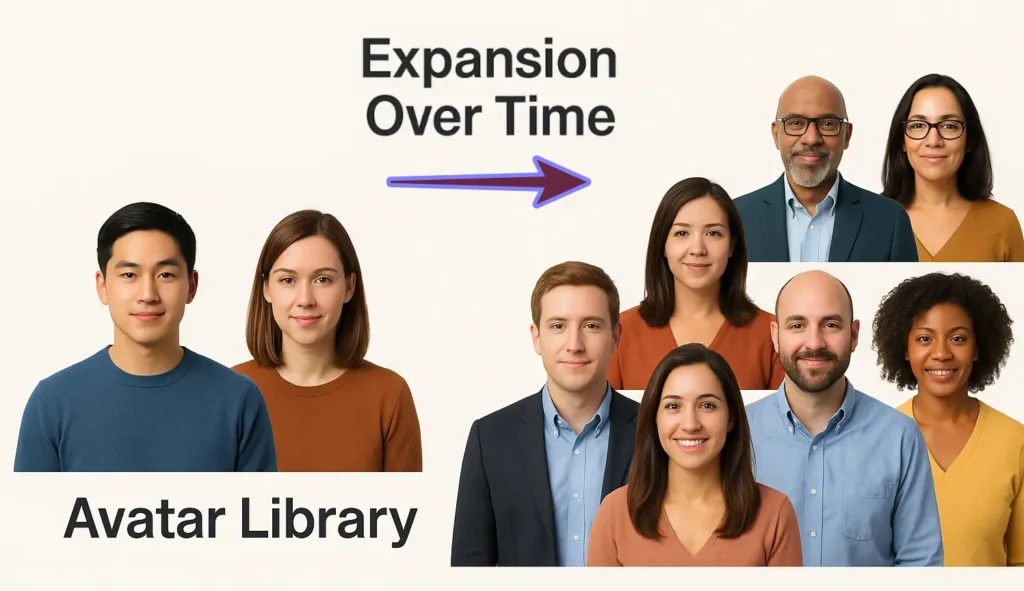
Monetization and Business Model
Looking forward, Google will also need to refine its business model. While the free consumer version acts as an entry point, premium features may evolve into tiered subscription packages that balance accessibility with sustainability. Enterprises may pay for bulk video generation, while individual creators could subscribe for extended clip lengths or advanced avatars. This layered model could make Vids both widely accessible and financially viable.
Positioning for the AI Video Future
Taken together, these roadmap items suggest Google’s ambition is not simply to catch up with competitors but to lead the next wave of AI video creation. By aligning features with both enterprise workflows and consumer expectations, Google is laying the foundation for a platform that could rival YouTube in influence, not as a distribution hub but as a creation hub for the world’s video content.
10. Conclusion: The Future of Google Vids AI Video Creation
The launch of lifelike avatars, Veo 3 image-to-video generation, smart editing tools, and a free consumer version marks a defining moment for Google Vids AI Video Creation. What began as a workplace productivity feature is now evolving into a universal video platform that bridges the gap between enterprise communication and everyday storytelling. By lowering the cost, skill, and time barriers, Google is effectively giving millions of people access to professional-grade video production for the first time.
The broader implications extend beyond just video editing. This expansion strengthens the Gemini ecosystem, positions Google as a key player in the creative AI race, and opens new possibilities for advertising, education, and digital communication. For educators, it means creating narrated lessons without stepping into a studio. For small businesses, it means producing polished product videos at virtually no cost. For nonprofits and creators, it means amplifying their voices on equal footing with organizations that once had far greater resources.
Yet, the road ahead comes with challenges. Ethical concerns around avatars, questions of authenticity, privacy, and the limitations of short clips will all test Google’s ability to balance democratization with responsibility. Competitors are innovating rapidly, and user expectations for longer, more customizable videos will only grow. Success will depend on how quickly Google expands its features while maintaining trust and transparency.
Ultimately, the significance of Google Vids AI Video Creation lies not just in its technology but in its cultural impact. Just as YouTube gave individuals a global broadcast platform, Vids is offering them a professional production studio in the cloud. If Google executes this vision well, the next era of video may not be defined by who has the best equipment, but by who has the boldest ideas and the willingness to turn them into stories with AI.
📚References
- Google Workspace Updates. “AI Avatars in Google Vids Now Available.” (2025). https://workspaceupdates.googleblog.com/2025/08/ai-avatars-in-google-vids.html
- TechCrunch. “Google Vids Adds AI Avatars to Its Video Editor and Launches a Consumer Version.” (August 27, 2025). https://techcrunch.com/2025/08/27/google-vids-adds-ai-avatars-to-its-video-editor-and-launches-a-consumer-version
- The Verge. “Google Vids Expands with Gemini AI Avatars and Veo 3 Image-to-Video.” (August 27, 2025). https://www.theverge.com/news/766557/google-vids-ai-avatar-gemini-image-to-video
- Axios. “Google Vids Adds Avatars and Veo 3, Shaking Up AI Video Creation.” (August 27, 2025). https://www.axios.com/2025/08/27/google-vids-veo-3-ai-slop-avatars
Keywords:
Google Vids AI Video Creation, Google Vids avatars, Google Vids free version, Google AI video editor, Google Vids Veo 3, AI avatars video creation, AI video tools 2025, AI-powered video editor, Google Workspace AI tools, Gemini AI video, AI democratization video, OpenAI Sora vs Google Vids, Adobe Firefly video AI, Meta generative video, Synthesia AI video, Runway video editor AI, future of AI video creation, 구글 Vids AI 비디오 크리에이션, 구글 AI 아바타, 구글 Vids 무료 버전, AI 동영상 제작, AI 아바타 영상 제작, 구글 워크스페이스 AI, 제미니 AI 영상, Veo 3 이미지 투 비디오, AI 영상 편집 툴, AI 동영상 시장 2025, 오픈AI 소라 vs 구글 Vids, 어도비 Firefly AI 비디오, 메타 생성형 비디오, 신세시아 AI 비디오, 런웨이 비디오 편집 AI


